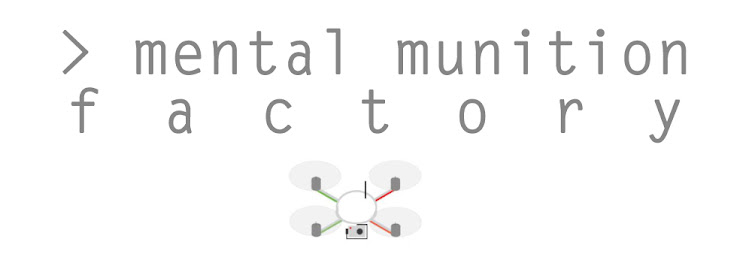NOTE: The following is the first of a series of four stories about the environmental and health impact of coal fired power plants on densely-populated, low income Chicago communities. It's called "Battle in the Barrio: the Struggle in Chicago's Pilsen Neighborhood Against Pollution." More parts of this series, along with visualizations and some interactive elements, will be posted in the coming weeks. The series is part of a journalistic research project that culminated in a master's project for the University of Illinois at Urbana-Champaign.
Part One: Four Sisters, One Rare Disorder
Part Two: Old Problems, New Attention
Part Three: The People VS the Bottom Line
Part Four: Hopelessness and Hope in Pilsen
Visualization - Is there injustice in Pilsen?
Visualization - Chicago's Pilsen neighborhood struggles with pollution
For most of their lives, two of the four Herrera sisters -- Gloria and Martha -- thought that the hardest part of living in the Pilsen neighborhood of Chicago was staying safe from crime.
On a mid-July morning, as a fast-moving thunderstorm poured cool rain over the neighborhood and provided relief from the most oppressive heat wave in years, the two sisters reflected on some close calls.
“We were never allowed to hang out on the sidewalk,” Gloria, who is now 43, remembered of her childhood in Pilsen.
Outside, thunderclaps ricocheted off of the old brick houses, off the pastel-painted facade of restaurants with names like Nuevo Leon, La Casa Del Pueblo and La Cebollita, off murals of Che Guevara, Jesus and Mexican cowboys.
The day before, the National Weather Service measured a high temperature of 99 degrees from the Chicago O’Hare International Airport, with 78 percent humidity. The temperature, measured by the television station the sisters had muted while they talked, fell to 71 degrees. The raindrops splashed on the porch they had spent their summers on as children.
When Gloria wanted to play with neighborhood friends, they would have to get permission from their parents to come over – and then if they did get permission, her friends could only sit with Gloria on the porch. “Two houses down, there were gangbangers in that house. And there were gangbangers across the street on the corner house.”
“We had, like, four different gangs all around us,” said Martha, 54.
The streets belonged to the gangs. There was, however, something that belonged only to the children in the neighborhood.
“That’s why we played soccer,” she said. “Because it was ours, you know.”
The nearby playground of Benito Juarez High School provided a level of safety from the industrial streets of Pilsen, and a place where children could be themselves. Gloria and Martha still had to keep on their toes on the nine-block journey between their home on Carpenter Street and the high school.
“We would be coming back from soccer practice at five in the afternoon, or seven in the evening, and the gangs would be shooting at each other, and we had to crouch down and run home for two blocks. We would be hiding between cars just to get home safely,” Gloria said.
And even at home, the threat sometimes lingered.
“We would be sitting here watching TV, and you would hear gunshots,” she said. “We would throw ourselves on the floor.”
“That’s the life we learned to live. And our kids, also, same thing.”
Gang violence is an ever-present part of life in Pilsen, a sooty, post-industrial barrio on Chicago’s lower west side. But just in the last several years, a very real threat has trumped the Herrera’s safety concerns about gang violence. Unlike a stray bullet from a gang-banger’s gun, it could not be dodged by hiding behind cars.
Gloria remembered the exact day it started: Feb. 7, 2001.
“I remember, because it was very traumatic for me,” Gloria said.
She was attending a banquet for La CLASA, the Chicago Latin American Soccer Association, when she couldn’t take a full breath. “I just couldn’t breathe,” Gloria said, “So I was rushed to the emergency room.”
Gloria was diagnosed and treated for pneumonia and sent home. On July 7, she suffered a heart attack at work. A co-worker took her to the University of Illinois Medical Center, where hospital staff administered a battery of tests and determined that Gloria’s liver and kidneys were shutting down. Doctors gave her three days to live.
“It was our 9/11,” Martha said.








